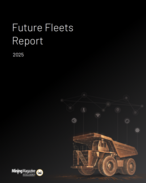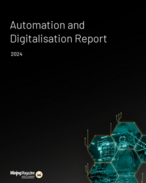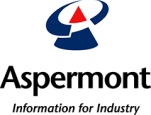SDS Ausminco, Chubb and Wormald have all contributed to the development of the new standard, which followed requests from the mining industry in 2003 for more regulation in the area.
Wormald said the requests for a revised Australian standard came after a high level of failure of some fire systems, which Wormald said were caused by a lack of fire industry discipline and standardisation that produced poor quality products. The manufacturer also identified instances of some system manufacturers and installers taking short cuts.
To address the issue of quality, the new standard will mandate a fire approval and component environmental suitability testing by a recognised third party laboratory.
“Standards Australia has been instrumental in getting the whole fire suppression thing up to a point where there’s a formal standard developed for it,” SDS Ausminco spokesperson Ed Santamaria said.
Wormald service manager Steve Joyce said the standard would mean systems for excavators or trucks would have to be fully approved. He said it might be ready as early as September, but the end of this year would probably be a more realistic deadline.
“The BHPs and Rios all put fire suppression on their equipment already. It’s insurance for them,” he said. “The main thing is to protect their people in the truck, to give them time to get out of the machines.”
“People are using these systems now anyway, but the best part of it is that there will be a standard and everyone will be on the same playing field,” Joyce said. “There’s no ifs or buts. At the moment, you’re getting people putting in half a system – cutting costs – where other people are putting in what should go on. This will stop all that, which is a good thing.”
Equipment fires can be started by the engine, turbo charger, exhaust manifold, electrical components or brakes, which can result in an entire machine being destroyed.
Wormald said its heavy vehicle fire system was designed to minimise damage to the machine and provide a defence against business interruption.
When activated, the heavy vehicle system discharges fine foam-water spray droplets that quickly extinguishes any fire and dramatically cools hot re-ignition sources, while an aqueous film forming foam (AFFF) additive smothers fuel and oil spill fires preventing re-ignition.
The Wormald system was developed in Australia specifically for its harsh conditions and remote locations and can be easily recharged on the spot. This is particularly important where down time is critical and specialised support is not immediately available.
Wormald also has its Ansul A-101 fire suppression system, which discharges a dry powder agent known as Foray to suppress a fire. Wormald said it was well suited to the three-dimensional liquid fuel fires experienced in mining machinery.
A combination of these two systems is also available.
Australia’s Mining Monthly
























